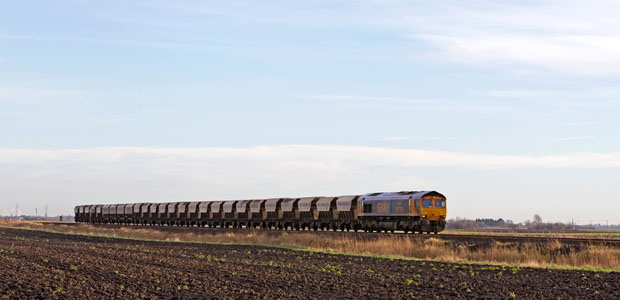
Positive Train Control Implementation Data Shows Uneven Progress: FRA
Third quarter 2016 data showed freight railroads now have PTC active on 12 percent of tracks, an increase from 9 percent last quarter. Passenger railroads increased by one percentage point to 23 percent, with progress seen mostly on the West Coast.
The Federal Railroad Administration has released third quarter 2016 data that shows there has been uneven progress toward activating Positive Train Control nationwide. FRA said freight railroads now have PTC active on 12 percent of tracks, an increase from 9 percent last quarter. Passenger railroads increased by one percentage point to 23 percent, with progress seen mostly on the West Coast. East Coast railroads, other than SEPTA and Amtrak, "have remained relatively stagnant," the DOT agency reported.
"Passenger and freight railroads must continue their progress implementing Positive Train Control and work to beat the deadlines Congress set, because PTC saves lives," U.S. Transportation Secretary Anthony Foxx said.
Some freight railroads reported their own progress on implementation, possibly in response to the FRA data. Omaha, Neb.-based Union Pacific reported Nov. 28 that it has "equipped more than 3,200 locomotives, installed 4,600 computers and invested more than $2.1 billion through September 1, 2016." The company said its current estimate for PTC's total cost is about $2.9 billion; it has installed 88 percent (15,271 miles) of total route miles with PTC signal hardware; and it has installed 84 percent of the wayside antennas needed to support PTC along the company's right of way.
Norfolk Southern has reported its implementation plan is on track to meet 2018 and 2010 PTC goals. Through the third quarter of 2016, Norfolk Southern had 1,115 locomotives fully equipped and PTC capable, with 2,548 radio transmitters and 289 base station radios installed, 2,089 locomotives equipped with on-board computers, 2,159 locomotives equipped with PTC displays, and 1,294 locomotives equipped with PTC-capable event recorders. The company also reported it has trained more than 7,704 employees and supervisors on job-specific PTC material.
Since 2008, FRA has provided significant assistance, such as more than $716 million to passenger railroads, to support the implementation of PTC and creation of a PTC testbed at the Transportation Technology Center in Pueblo, Colo.
"In order to achieve full PTC implementation, everyone has to do their part – railroads must make implementation a priority, and Congress must make funding for commuter railroads a priority," said FRA Administrator Sarah E. Feinberg.